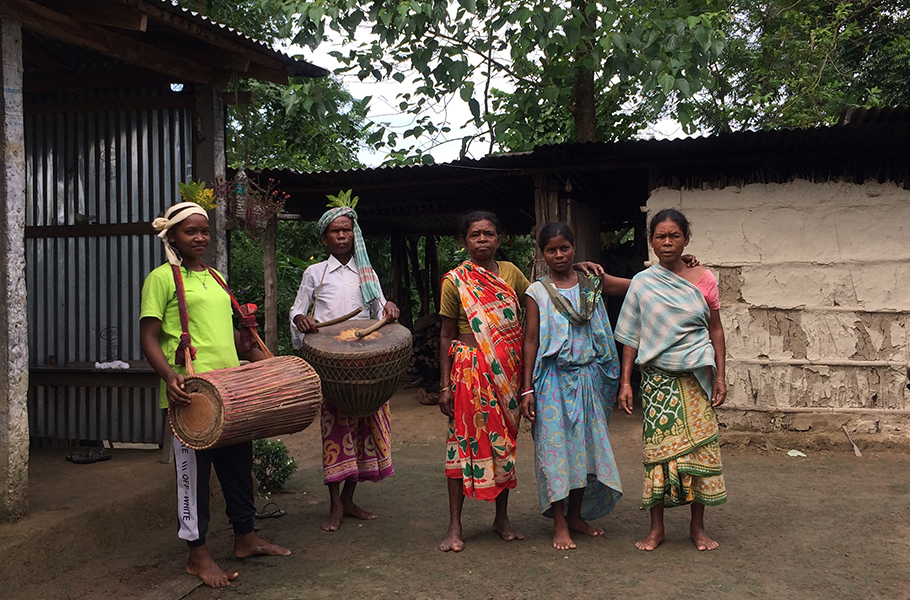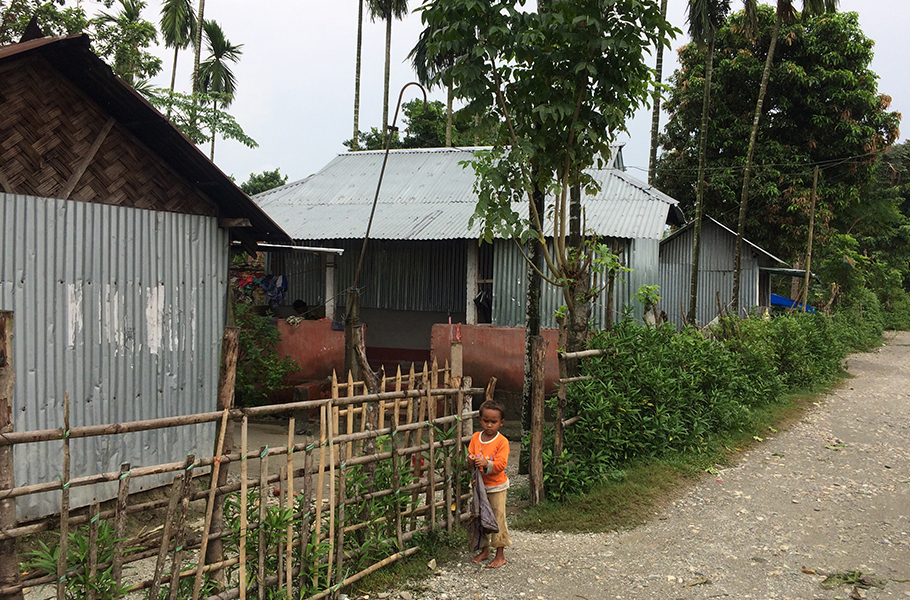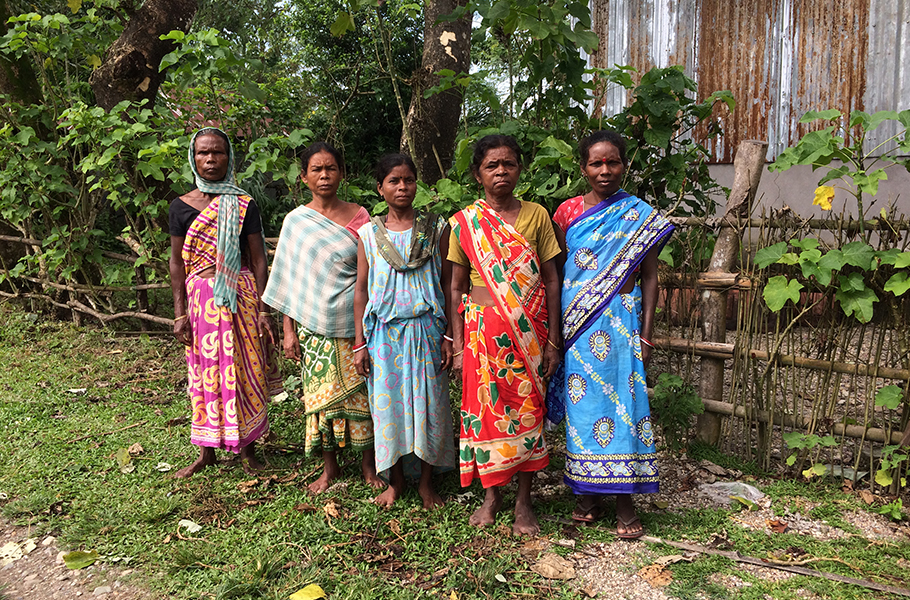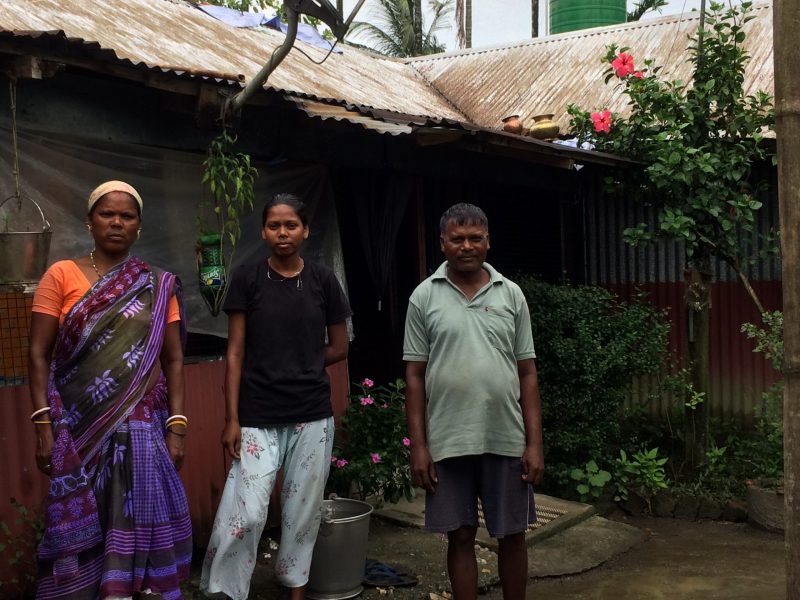
- Home
- India
- World
- Premium
- THE FEDERAL SPECIAL
- Analysis
- States
- Perspective
- Videos
- Sports
- Education
- Entertainment
- Elections
- Features
- Health
- Business
- Series
- In memoriam: Sheikh Mujibur Rahman
- Bishnoi's Men
- NEET TANGLE
- Economy Series
- Earth Day
- Kashmir’s Frozen Turbulence
- India@75
- The legend of Ramjanmabhoomi
- Liberalisation@30
- How to tame a dragon
- Celebrating biodiversity
- Farm Matters
- 50 days of solitude
- Bringing Migrants Home
- Budget 2020
- Jharkhand Votes
- The Federal Investigates
- The Federal Impact
- Vanishing Sand
- Gandhi @ 150
- Andhra Today
- Field report
- Operation Gulmarg
- Pandemic @1 Mn in India
- The Federal Year-End
- The Zero Year
- Science
- Brand studio
- Newsletter
- Elections 2024
- Events
- Home
- IndiaIndia
- World
- Analysis
- StatesStates
- PerspectivePerspective
- VideosVideos
- Sports
- Education
- Entertainment
- ElectionsElections
- Features
- Health
- BusinessBusiness
- Premium
- Loading...
Premium - Events

The last of his tribe: Where demon king Mahishasura still ‘rules’

The beats of drum from a nearby Durga puja pandal wafting through the tin walls of his modest dwelling makes Shuita, a septuagenarian, restless. The sounds of festivities to celebrate ten-handed Hindu deity Durga’s victory over demon king Mahishasura spur within him a tumult of agony and humiliation, an inexplicable bundle of emotion that he has been enduring since childhood coming from...
The beats of drum from a nearby Durga puja pandal wafting through the tin walls of his modest dwelling makes Shuita, a septuagenarian, restless.
The sounds of festivities to celebrate ten-handed Hindu deity Durga’s victory over demon king Mahishasura spur within him a tumult of agony and humiliation, an inexplicable bundle of emotion that he has been enduring since childhood coming from the Asur community.
Shuita is a member of a minuscule community, scattered in the labour lines of a few tea estates in the Dooars region of North Bengal near Bhutan border, which believes itself to be the descendants of the mythical demon slayed by Durga.
In the community’s collective conscience, the Vedic gods and goddesses ganged up to unfairly kill their ancestor Mahishasura, who had captured the Devaloka, a mythological place where deities of Hindu pantheons reside.
“He was the most powerful man ever to descend on earth. He ruled over prithvi (earth) as well as devaloka (heaven) until his death through deceit,” Shuita narrates reeling out stories of valour associated with Mahishasura that have been passed down to their community from one generation to another.
It was this alternative narrative that Shuita and other members of his community held with as much conviction as the Bengali Hindus to the concept that Durga’s victory was the triumph of good over evil. To them, Mahishasura represents good and not Durga. Hence, his defeat calls for mourning and not celebration.
In his childhood, Shutia recalled, the community members used to keep themselves confined to their houses, from dusk to dawn, through all five days of Durga Puja. To avoid sunlight, they would even seal their windows with cow dung paste.
The mourning ritual, however, has undergone a change over the years. The community no longer desists sunlight during the Durga Puja. Some younger members of the community even join the festivities, though they do not directly take part in any puja rituals.
“Things are slowly changing. Nineteen years ago when I first came to this garden, which had then a significant number of the people from the community working for us, they were hardly seen anywhere near any puja,” said Chinmoy Dhar, manager of the Majherdabri tea Estate, Alipurduar.
“During puja holidays, they either used to shut themselves in their houses or go to the forests for fishing, collecting woods and other forest produce. But gradually, they have stopped stopping their children from taking part in pujas,” he pointed out.
Even their food habits have undergone a change. “Earlier, they used to eat all kinds of meat, including that of snakes. But now they have become more selective,” Dhar added.
One of the reasons that brought about the transformation is the inter-community marriages, according to him. “With the number of Asurs being limited in this part, they were compelled to marry outside their community. This naturally diluted some of their age-old traditions,” Dhar added. The Asurs, however, still don’t believe in idol worship and mostly worship nature. Like the rest of the Adivasi communities in eastern India, Korom puja remains the biggest festival of all for the Asurs too.
At present, there are an estimated 7,000 people residing in the labour lines of Majherdabri, Carron, Kurti and a few other tea estates in Alipurduar and Jalpaiguri districts of West Bengal. They were brought to work in these gardens as labourers from Chhota Nagpur region of the present-day Jharkhand by the British.

According to the 2011 Census, Jharkhand has an Asur population of about 23,000 concentrated in the state’s two districts of Latehar and Gumla.
The population of the tribe is dwindling because many of them no longer identify themselves with their past.
“At Majherdabri, there were around 200 to 250 Asur households about two decades ago. We call that labour line the Asur line even now. All of them strongly identified themselves with Mahisasura.
I remember once seeing a little girl, while playing with a plastic idol of Duga in front of her house in the Asur line, wrenching the heads and limbs of Durga. I don’t exactly remember the year of the incident. It was in the mid-2000s. The small, playful incident manifested the angst the community had then against the slayer of Mahishasura,” Dhar recalled.
A section of the people from the community, particularly the younger generation, no longer identify themselves as Asurs openly as they used to due to negative stereotypes associated with the term in their predominantly Hindu surroundings.
To hide their identity they are either adopting Christianity or taking other tribal surnames.
Only around 50 households in Majherdabri openly proclaim themselves to be the descendants of Mahishasura and bear the Asur surname.
This identity switchover is creating administrative problems as well for the tea gardens.
“We have many labourers from the community who have Adivasi surnames such as Toppo, Oraon, Kujur, Tirkey etc, on their Aadhaar cards. But they continue to bear the Asur surname in their provident fund accounts. Due to this mismatch, we are facing a lot of difficulty in linking their PF accounts with Aadhaar cards, which is now mandatory for PF deduction,” the tea garden manager explained.
Prakash Asur, a community leader working to revive and promote the tribe’s culture and tradition, said the new trend needs to be revised to preserve their unique identity. He said out of their total population of about 7,000 in Bengal, around 2,000 people no longer identify themselves with their Asur past.
Even the majority among those who still retained the Asur surname cannot speak in their mother tongue. They communicate mostly in Adivasi Sadri language or in Hindi.

“Only people of my generation speak in the Asur language. Most of our children cannot even understand it, let alone speak in the language. For this my generation is to be blamed,” Shuita said, deploring that the tribe is facing an existential crisis.
Prakash said in order to promote the language they have urged the state government to set up at least one Asur language school in the state. In Jharkhand, a group of community leaders have been using mobile radio to transmit local news and songs in Asur language to promote and popularise their dying language.
“We are also trying to introduce such mobile radio here. To begin with, we are trying to learn from the older people the traditional geets (songs) that lyrically narrate stories of our tribe. We are also frequently organising our folk dance and song programmes in Asur-inhabited areas to promote our culture and beliefs,” stated Prakash.
According to their version, Durga Puja signifies victory of the Aryan invaders from the north to eastern India and it challenges the version of Markandeya Purana that narrates the legend of Durga or Devi Devi Mahatmya.
Interestingly, as per this Hindu philosophical text, the goddess was described as the supreme power and creator of the universe, unlike other Hindu scriptures like Kurma Purana or Maitri Upanishad that profess the concept of Trimurti. According to this concept, the cosmic functions of creation, maintenance, and destruction are vested in three Hindu deities – Brahma, the creator; Vishnu, the preserver; and Shiva, the destroyer.
Markandeya Purana contradicted the theory. The chapters 81 to 93 of this Purana narrate legends of Durga that Asurs like Prakash and Shuita differ with.
In their narratives after Mahishasura’s defeat, the Aryans imposed their faiths and tradition on the non-Aryans of the region. “But some aboriginal people of the east like us have refused to accept this imposition and tried to retain our own tradition and culture,” claimed Prakash.
This Aryan and non-Aryan theory is also concurred by anthropologist Dr Samar Kumar Biswas of the University of North Bengal, Siliguri. He said Durga represents the Aryan community while the Asurs are from the Austric tribes that inhabited this part of India before the Aryan invasion.
The Asur legacy is currently also facing existential challenge from Christianity. “Almost 50 per cent of our people have now adopted the new faith. The younger generation is particularly attracted to Christianity. They have shunned most of our traditional beliefs,” said Ramkumar Toppo, another member of the tribe from Majherdabri tea estate. Ramkumar’s family has so far resisted the influence of the church even though they have relinquished their Asur surname.

The Majherdabri tea estate alone has three churches.
Of late, however, some Christian converts from the community have come forward to preserve their language and tradition.
One such crusader is Sushma Toppo. She has formed a folk group that stages cultural programmes in the Asur-inhabited tea gardens to highlight the traditions of the community. She hopes that soon the lush green gardens will reverberate the sounds of ‘Dhan-Dhan Turr..Dhand Tanatang Turr (come, let’s sing, dance and talk)’.
(The story was first published on October 14, 2021)
